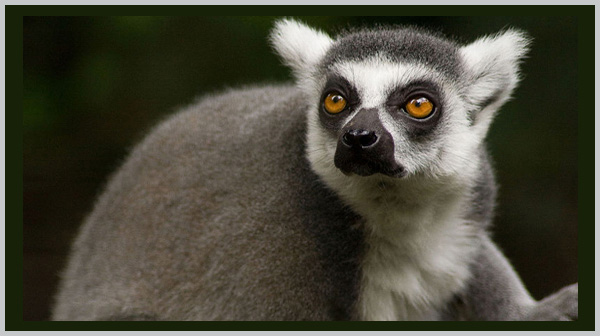
Spotlight on Madagascar
The ancestors of lemurs made their way from Africa to Madagascar, the fourth-largest island on Earth, more than 40 million years ago. Few other African mammals made it across to the island. The absence of large predators and other primates was important to the success of lemurs. With little competition or predation, the lemurs of Madagascar were able to evolve into every available habitat niche.
There are now 28 species of lemur that occur nowhere else on Earth, ranging from the tiny, reclusive mouse lemur to the large, gregarious ring-tailed lemur.
Humans have been the greatest threat to lemur survival. More than a dozen species of giant lemurs were hunted to extinction shortly after the arrival of humans on the island about 1500 years ago. Madagascar’s population now exceeds 13.5 million people, primarily crowded along the island’s 2,600 mile (4,180 km) coastline.
Mostly poor farmers, loggers, and cattle herders, the Malagasy people eke out their existence using the island’s natural resources. Half of Madagascar’s rain forest, the lemur’s habitat, has been lost since the 1950s.
Related Topics:
Spotlight on Africa
Spotlight on Island Biogeography
Spotlight on Tropical Rain Forests
Case study on Black Lemurs
Case study on The Aye-Aye
Explore:
Click here for Endangered Species Classroom Activities
Click here for Endangered Species Classroom Glossary